Tents, passing through the head
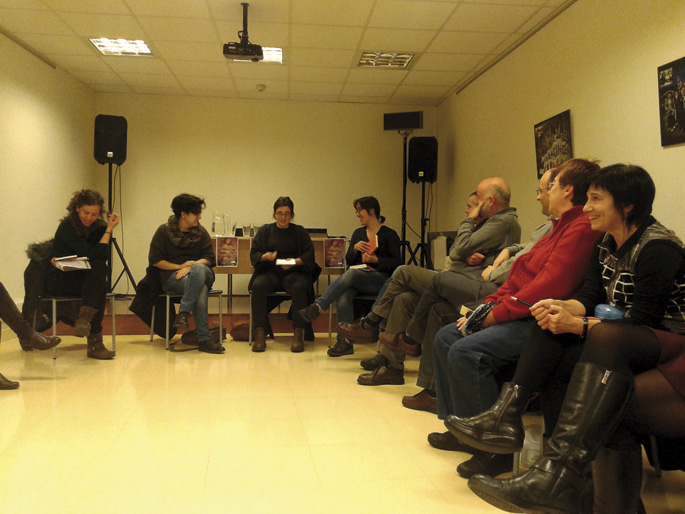
Letras y Tripa is called the Round Table organized by Sareinak on 20 February. The group that has as its axis the literature and feminism brought together in the house of the Marienea women of Basauri three writers who have left their tents in letters. On the eighth anniversary of Sareinak, the guests were Irati Goikoetxea, Ana Malagón and Danele Sarriugarte, each with his book – Andraizea; Lasai, ez da ezer pasa eta Erraiak, respectively.
Three different books, three completely different writers, and all with the meat ostensibly exposed in the books. The letters that were written from the casings yes, but as they showed on the table, there is a filter before reaching the paper. To Sarriugarte a reader told him that whoever speaks from the casket would not write it that way, “Yours is very rationally written.” The passages of the book Ana Malagoni ask for a work of memory, the casings yes, but they are also stories he has received over time.
Irati Goikoetxea asked us to imagine him hanging from his legs. Those in the belly have fallen into their mouths and been taken out of there. With his book, Goikoetxea has made a new way out of the inside, of reading mouth up, and in Malago he has also agreed that he has done the same.
Body, meat, go through the head sieve. Sarriugarte will tell you that the mind is also a body, while Goikoetxea, in his work, has an absolute presence in thought. Malagón says that nausea can occur in a very rational way, for example.
Goikoetxea explained how he has sought the balance between superficial presence and deep feelings. On many occasions, he has played with body parts, neck, ears, ass… to channel spills. Playing yes, but transmitting incommunication, loneliness, fear, curiosity, void ... Sarriugarte, apparently, has done the opposite in his book, has expressed the emissions of the body through physiological processes with the intention of demystifying and deromantizing them.
Malagón did an exercise to somehow group the flesh that appears in the book and left four groups: the context of physical violence; the physical decline that leads to death; the self-gorbroken as channeling of the body; and the set of stories that are not embodied.
Goikoetxea brought us a nice metaphor from a woman who is on the top of the book's heel to the colloquium. What can the one who gets on the heels feel? Can you feel like you're not wearing a heel like the one on a heel? Do you need heels to feel strong, to appear?
Joan Tartas (Sohüta, 1610 - date of unknown death) is not one of the most famous writers in the history of our letters and yet we discover good things in this “mendre piece” whose title, let us admit it from the beginning, is probably not the most commercial of the titles... [+]









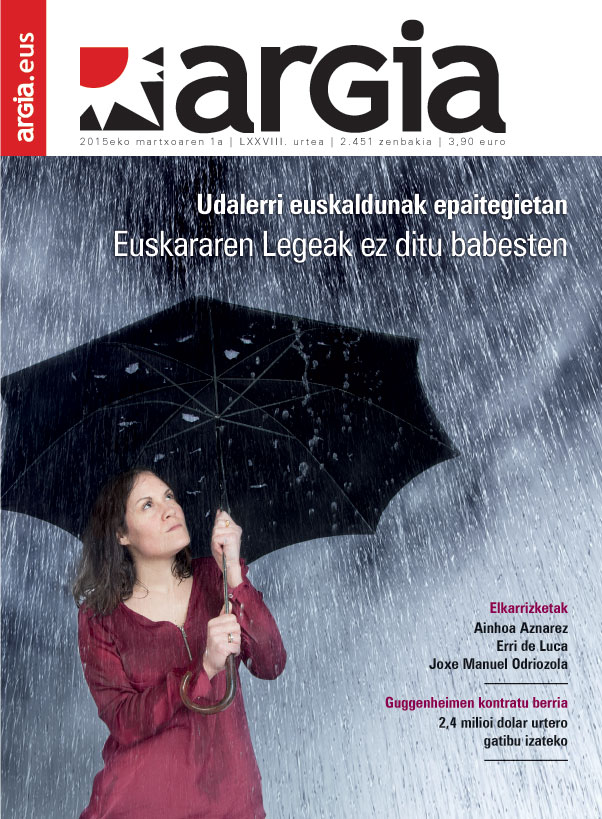

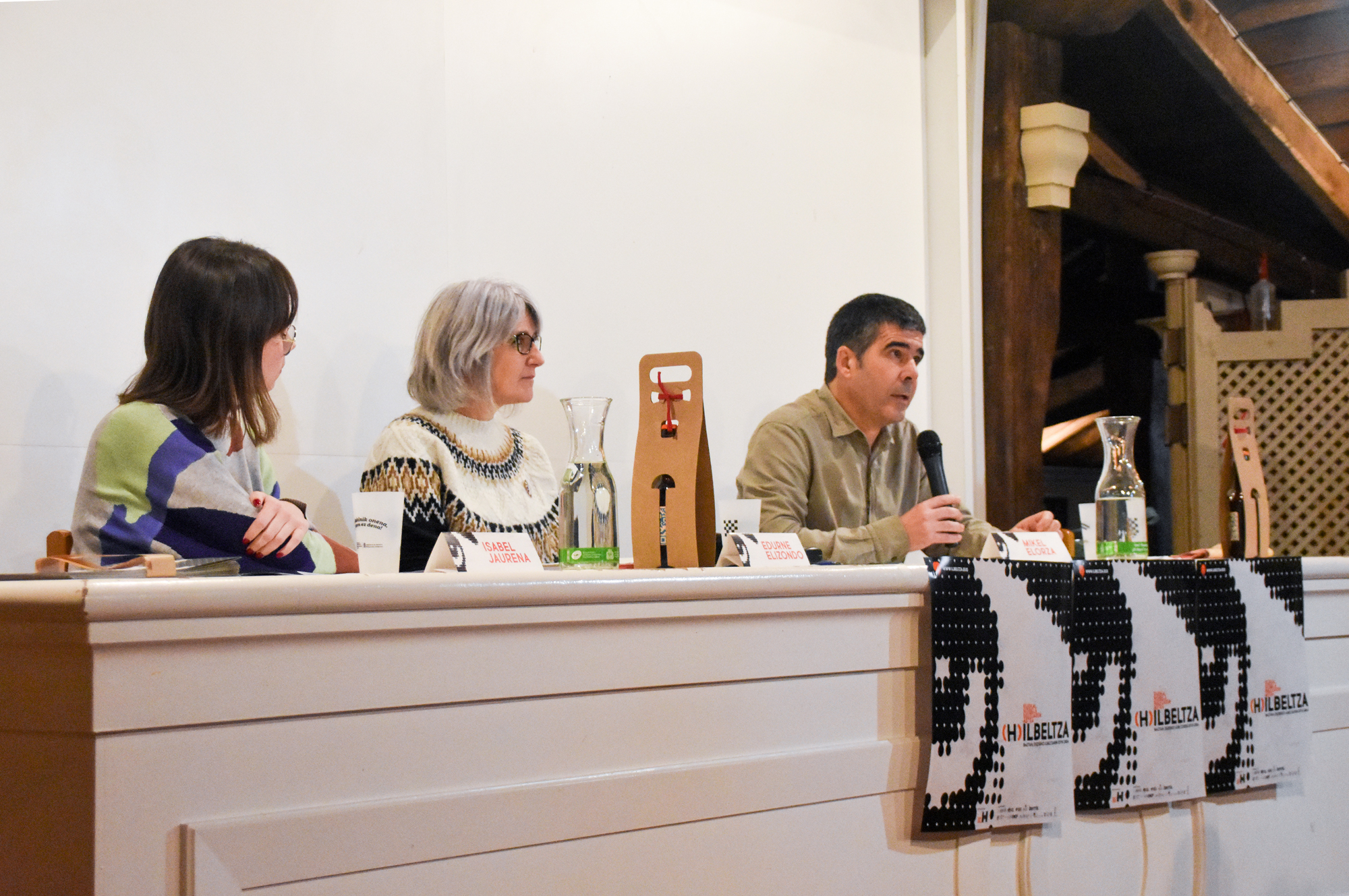



ilbeltza-(1).jpg)



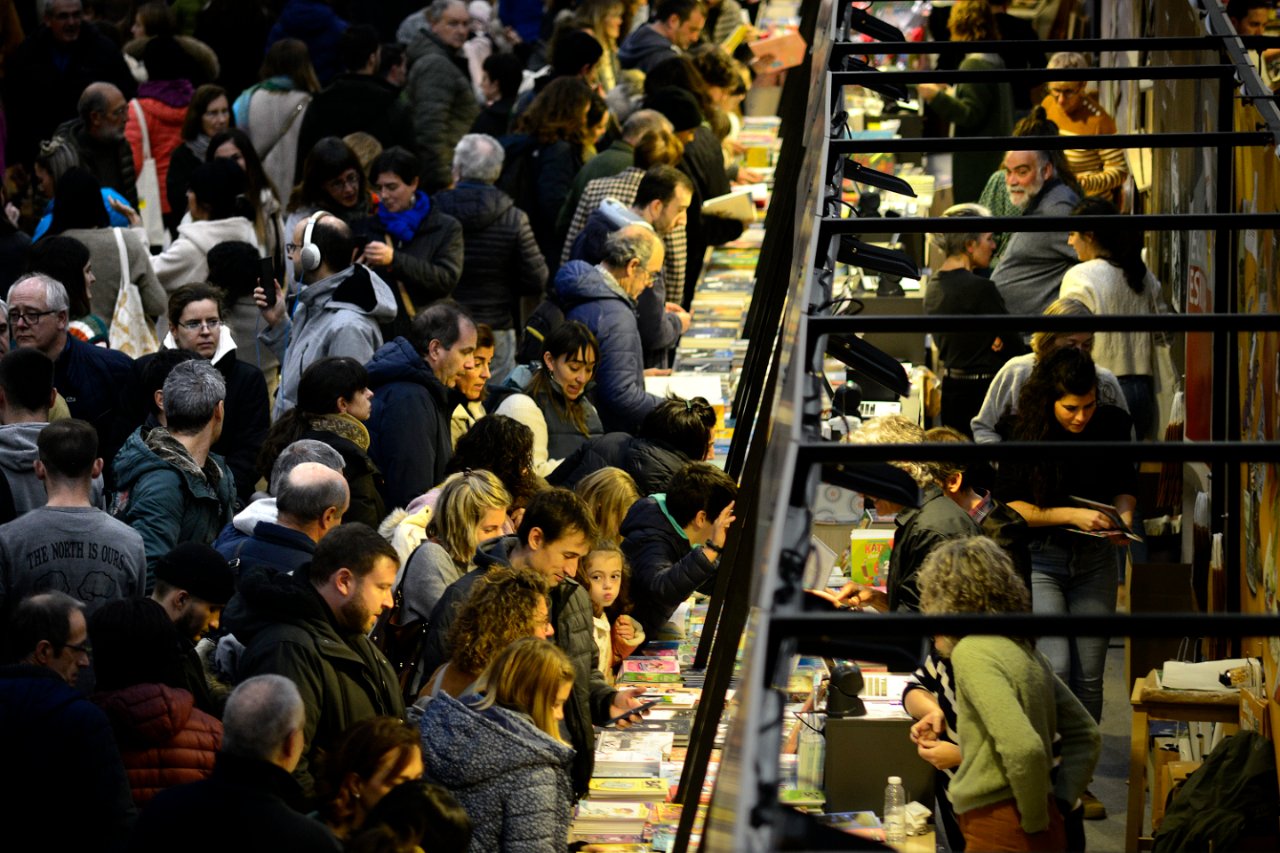


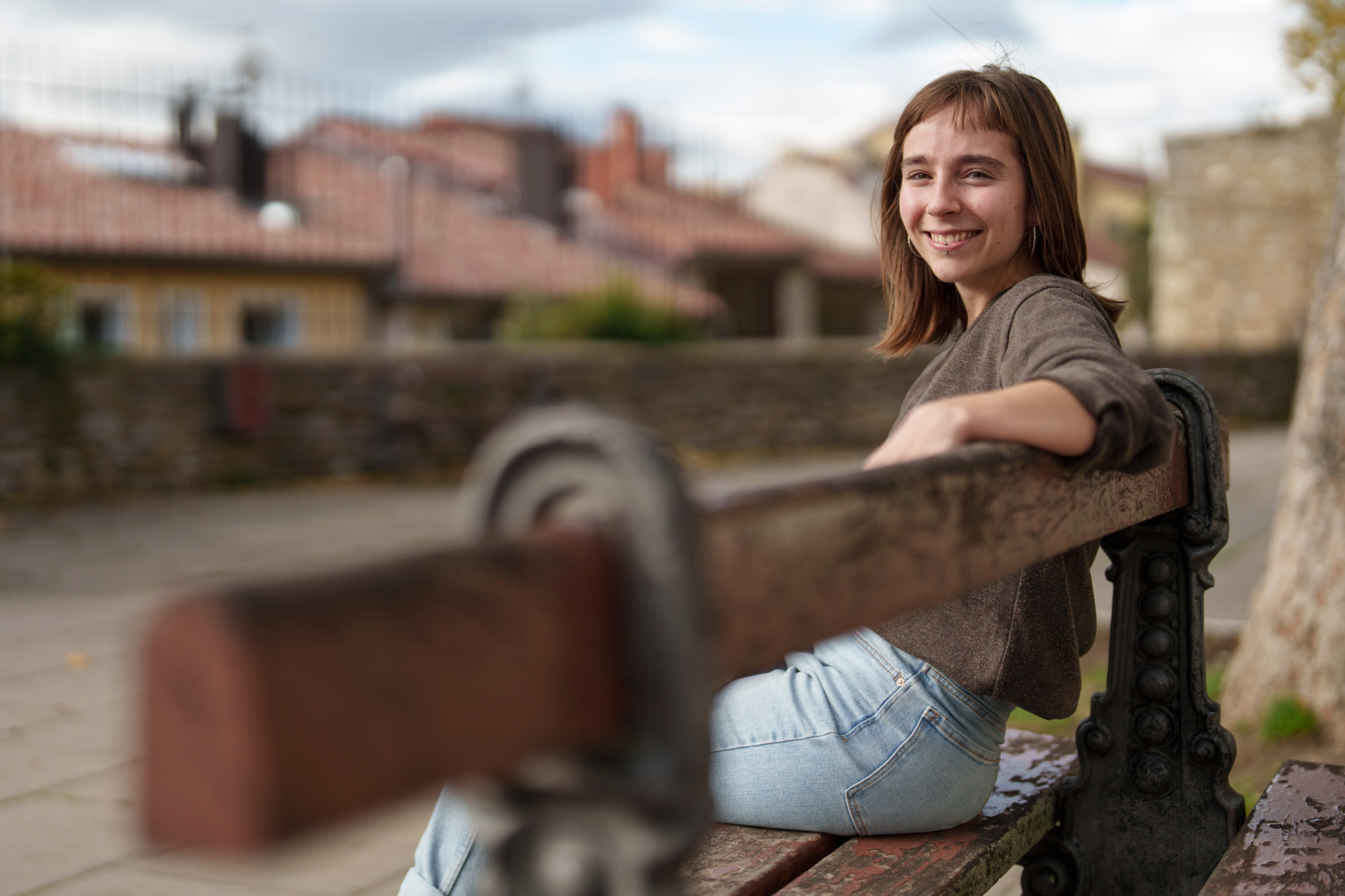
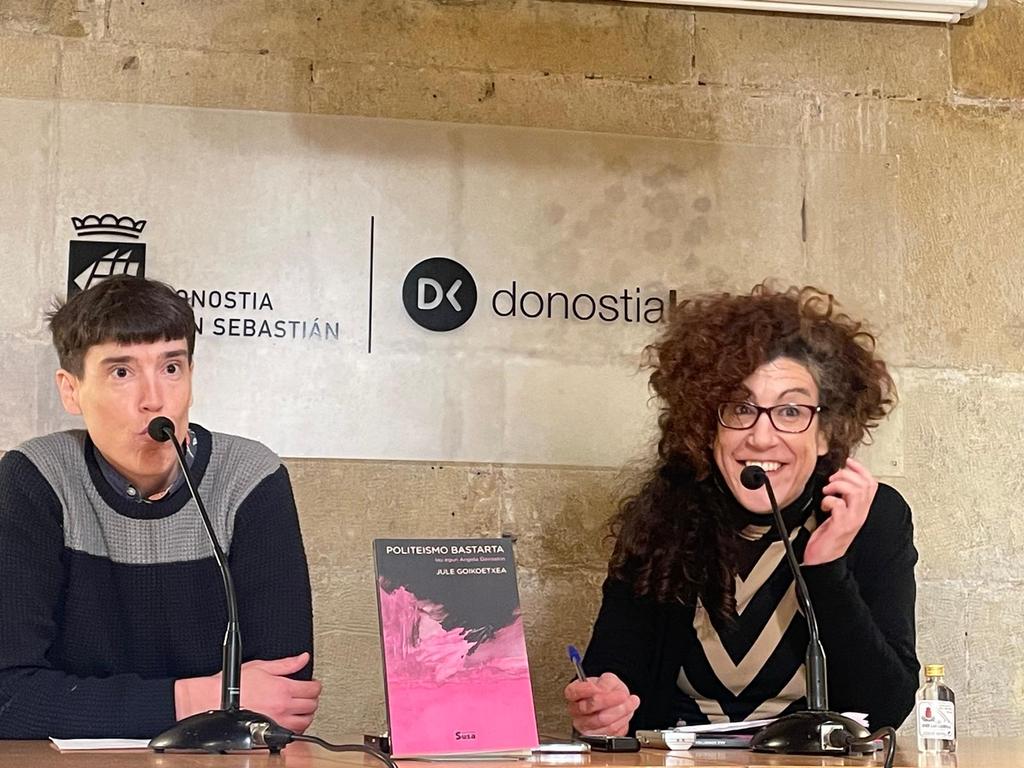

.jpeg)